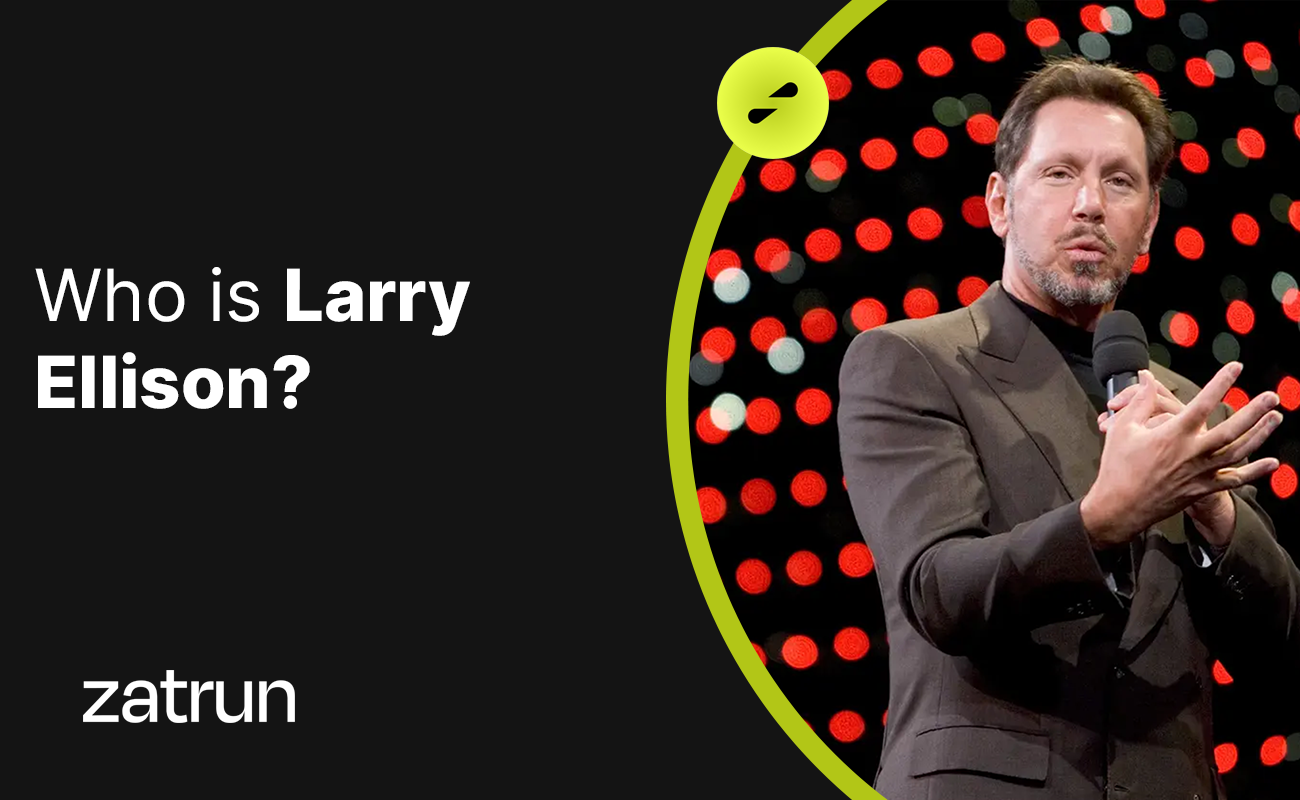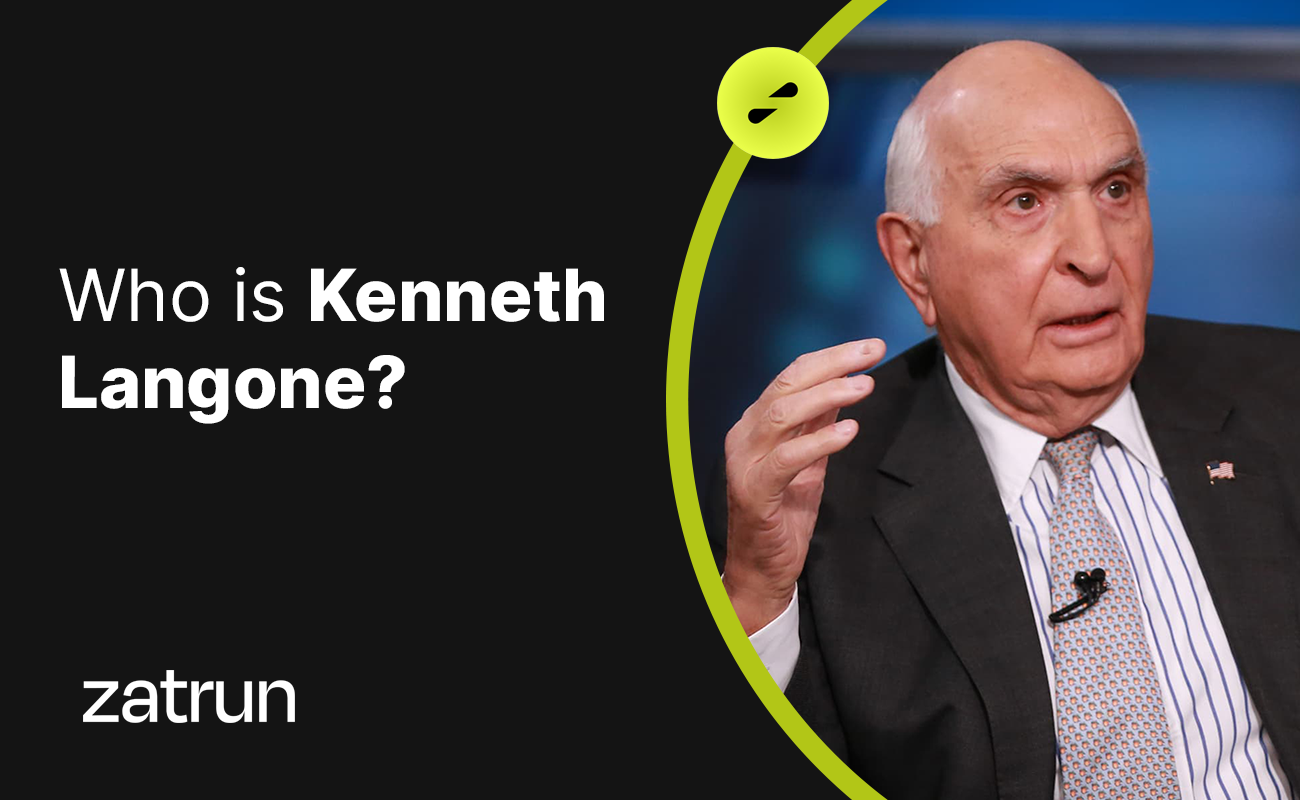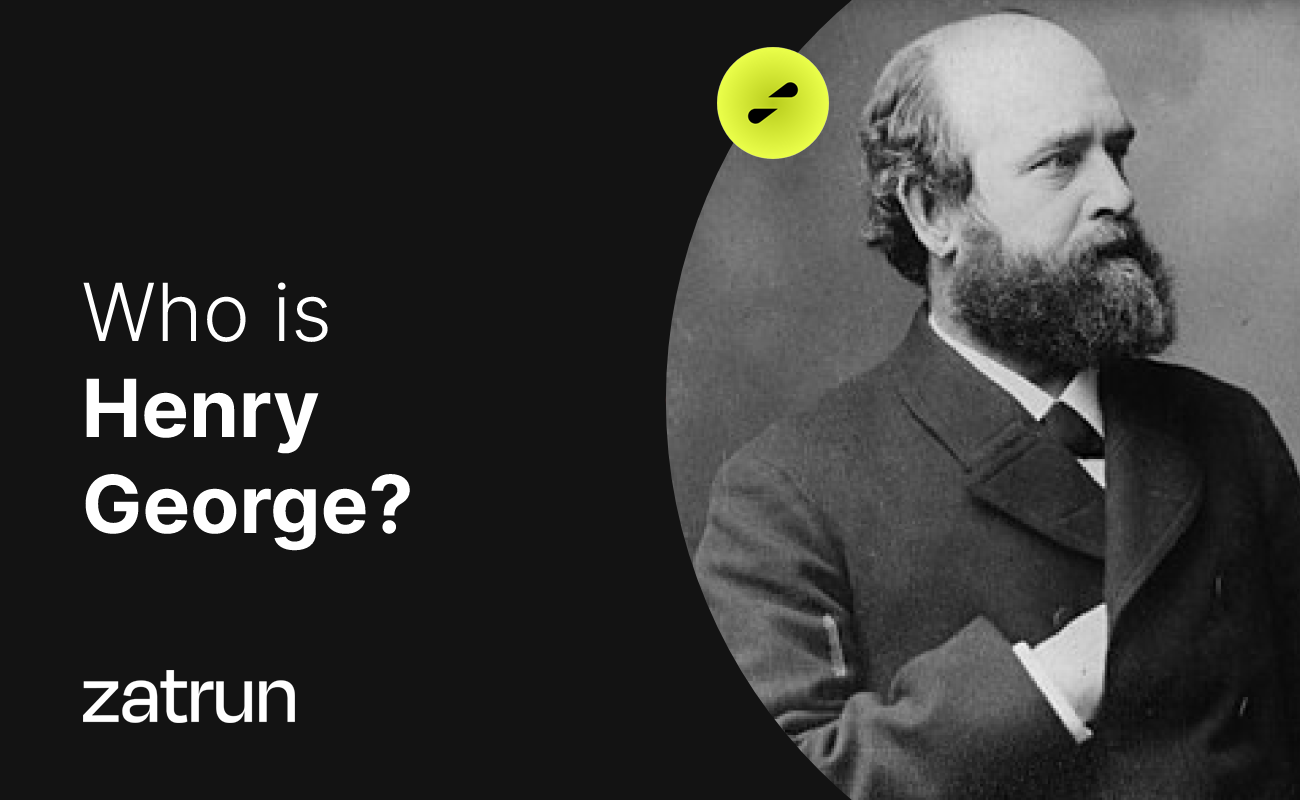Edward Glaeser 101: Who is the Famous American Economist? in our article of Zatrun.com, we will cover in detail everything you need to know about Edward Glaeser, the famous American economist that our readers are curious about.

Who is Edward Glaeser?
Edward Glaeser is an American economist born on May 1, 1967, and is the Fred and Eleanor Glimp Professor of Economics at Harvard University. He is also the Director of the Cities Research Program at the International Growth Centre. He is the son of Ludwig Glaeser (1930-September 27, 2006) and Elizabeth Glaeser. His father was born in Berlin in 1930, lived in Berlin during World War II, and moved to West Berlin in the 1950s.
Ludwig Glaeser received his architecture degree from Darmstadt University of Technology and his art history doctorate from Berlin University. He joined the staff of the New York City Museum in 1963 and became the curator of the Architecture and Design Department in 1969. Edward Glaeser received his economics AB from Princeton University and his economics doctorate from the University of Chicago after attending The Collegiate School in New York City.
In 1992, Glaeser joined Harvard, where he is currently the Fred and Eleanor Glimp Professor of Economics in the Economics Department. He has previously served as the Director of the Taubman Center and the Rappaport Institute at the Harvard Kennedy School. He is a senior fellow at the Manhattan Institute and a contributing editor to City Journal.
Additionally, he is the editor of the Journal of Economic Perspectives. Glaeser and John A. List discussed the reasons for the AEA committee starting to award the Clark Medal annually since 2009. According to a review in The New York Times, his book published in 2011 titled “Triumph of the City: How Our Greatest Invention Makes Us Richer, Smarter, Greener, Healthier, and Happier” summarizes years of research by Glaeser on the role of cities in promoting human achievement and is described as “multidisciplinary and lively.” Edward Glaeser is the Chairman of the Advisory Board for Policy Exchange’s Liveable London Unit.
Authorship Period:
Since 1992, Glaeser has published approximately five articles per year in leading peer-reviewed academic journals in economics. In addition, he has written many books, articles, blogs, and op-eds. Glaeser has made significant contributions to observational studies in urban economics. His research on the historical evolution of economic centers such as Boston and New York has had a major impact in the fields of economics and urban geography. Glaeser has also addressed various topics from social economics to religious economics, with both contemporary and historical perspectives.
He is highly regarded by leading economists. George Akerlof (2001 Nobel Prize in Economics) referred to Glaeser as a “smart” person, while Gary Becker (1992 Nobel Prize in Economics) stated that urban economics was “dried up” before Glaeser and that Glaeser had “found new ways” to look at cities. In 2006, Edward Glaeser began writing a regular column for the New York Sun and he also writes a monthly column for the Boston Globe. He frequently contributes blog posts to The New York Times’ Economix page and has also written for The New Republic.

Contribution to Urban and Political Economics:
Glaeser has published extensively on various topics in urban economics in leading economics journals. In his early works, he found that industrial diversity contributes more to economic growth than specifications, a result that was compared to the work of other urban economists such as Vernon Henderson at Brown University. He has impressive studies published on inequality.
His collaboration with David Cutler at Harvard University determined the harmful effects of segregation on black youth based on criteria such as salary, unemployment, obtaining education, and likelihood of young pregnancy. Their findings showed that the impact of segregation on black youth was so detrimental that if they lived in perfectly integrated metropolitan areas, they would have the same success as white youth in three out of four criteria and only slightly different in the fourth criteria.
Edward Glaeser and Some of His Opposing Views:
In 2000, Glaeser, Kahn, and Rappaport challenged the city land-use theory of the 1960s, which claimed that poverty was more prevalent in cities because wealthy consumers preferred to move to suburbs with cheaper land, leaving the poor to live densely in the cities. However, Glaeser and his team found that in US cities, the higher poverty rates in cities (17% in 1990) compared to suburbs (7.4%) were due to the ease of public transportation and the policies in central cities that support the poor.
In a 2011 interview, he emphasized his belief that “the existence of poverty in cities is not something to be ashamed of because cities do not make people poor, cities attract poor people by offering the economic opportunities they need the most.”
In recent years, Glaeser has argued that human capital explains a large part of the welfare gap at the city and metropolitan level. He has extended this argument to the international level, claiming that the high human capital brought by European immigrants has led to the development of more free institutions and economic growth in those countries for centuries. In another study, he found that human capital is associated with improvements in corruption and other government performance measures.
In the 2000s, Glaeser’s empirical research provided a different explanation for the recent rise in home prices in many regions of the US. Unlike many commentators and writers who attributed the home market bubble to Alan Greenspan’s monetary policies, Glaeser noted that home prices were not equal across the country (Glaeser and Gyourko 2002).












